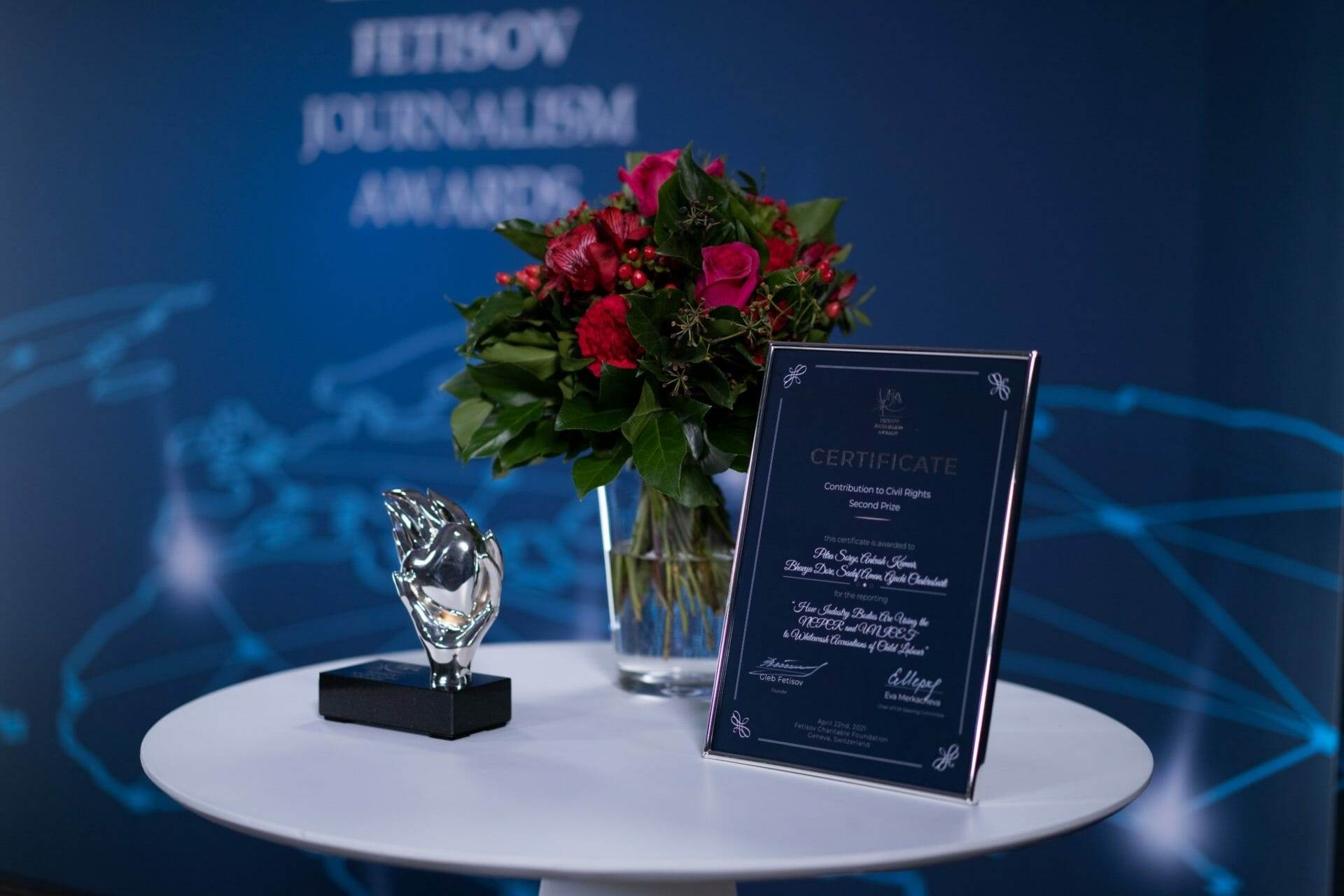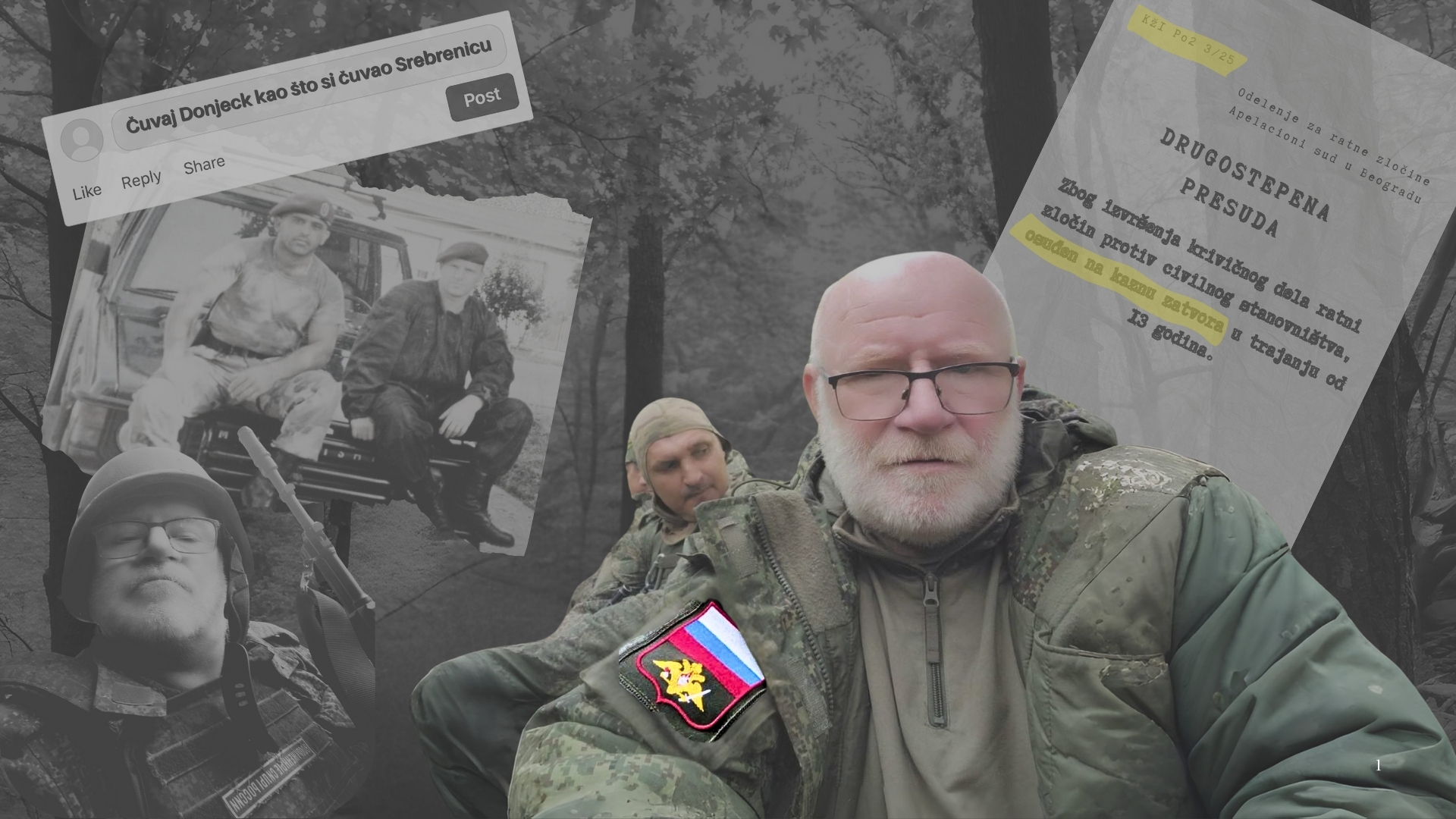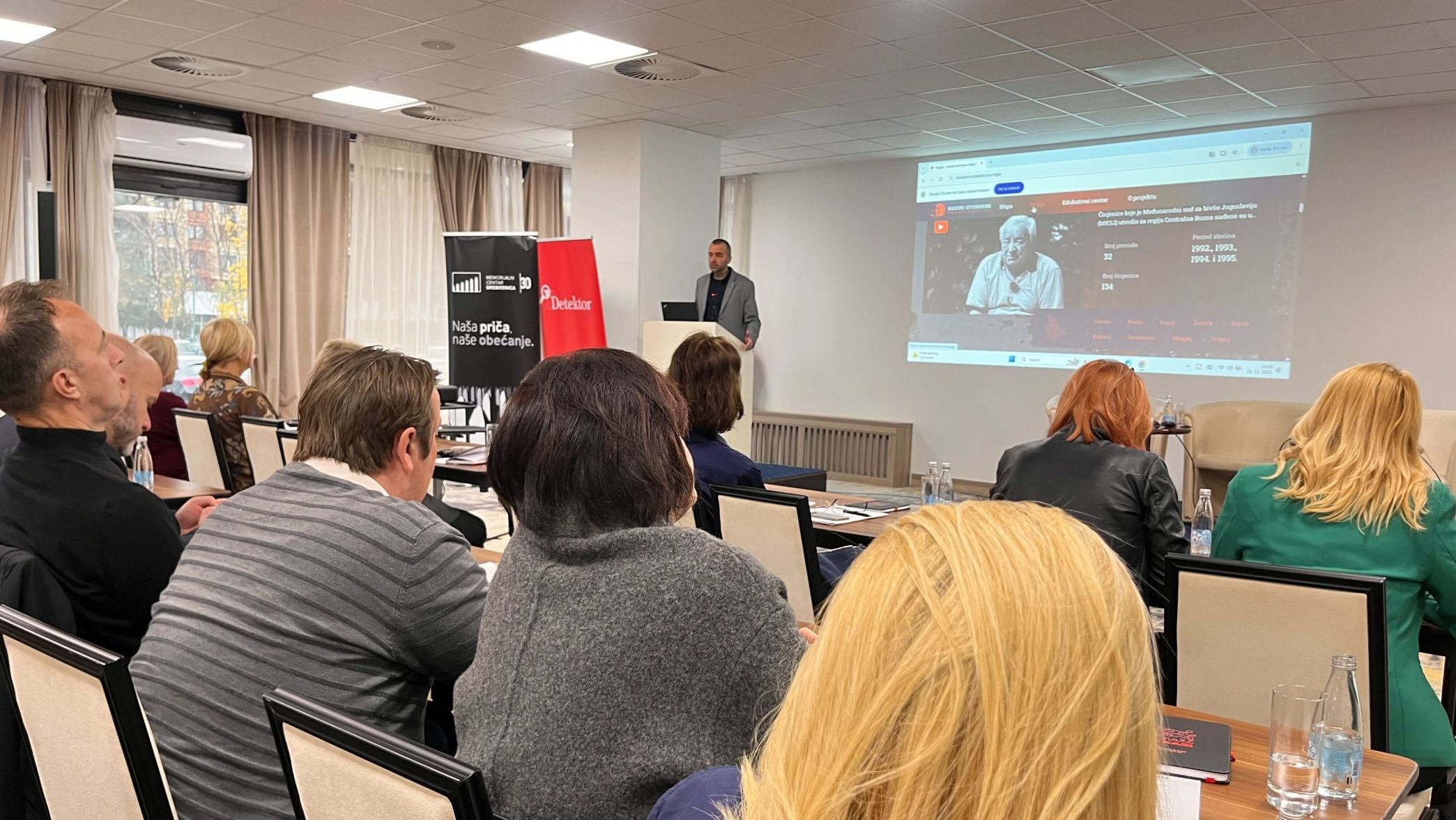This post is also available in: Bosnian
Defence witness Slavko Gengo says, at Ratko Mladic’s trial, that explosions of grenades at Markale market place and in Vase Miskina Street in Sarajevo and in the downtown area in Tuzla, in which hundreds of citizens were killed, were “directed” by authorities in Sarajevo.
Witness Gengo, former Commander of one of the battalions with the First Romanija Brigade of the Republika Srpska Army, VRS, said that Muslim forces caused the explosions in front of Markale market place in February 1994 and August 1995.
He said that VRS requested that a joint commission be formed in order to investigate who was responsible for the first attack on Markale, but the Army of Bosnia and Herzegovina, BiH, refused the proposal.
“Muslims refused it, probably because they were afraid of the truth, because it would be proved that what happened at Markale was directed in Sarajevo, just like all the other directed events – in Vase Miskina Street, then they made it at Markale, then they made it in Tuzla, all those things were directed,” Gengo said.
Mladic, former VRS Commander, is charged with having terrorised civilians in Sarajevo by long-lasting shelling and sniping, committed genocide in Srebrenica and seven other municipalities, persecuted Bosniaks and Croats and having taken UNPROFOR members hostage.
The indictment against Mladic alleges that VRS units fired the grenades, which exploded in front of Markale market place in February 1994 and August 1995, while the incidents that took place in Vase Miskina Street, Sarajevo, in May 1992 and Tuzla in May 1995 are not included in this indictment.
Mladic’s Defence presented the judges with witness Dragan Maletic, who said that snipers of the Army of Bosnia and Herzegovina, “killed many civilians in Grbavica and Vraca” during the ceasefire.
“Our enemy used fire unselectively, irrespective of whether civilians or soldiers would be hit on our side,” said Maletic, former Assistant Commander of a VRS battalion in that neighbourhood.
Maletic said that, on the other hand, his Battalion “suffered loses”, but it never opened fire against civilians in the city, particularly not sniper fire, because it was strictly prohibited according to “a permanent order” issued by a higher command.
“The entire Sarajevo-Romanija Corps of VRS acted exclusively in self-defence, protecting itself from attacks by Muslim forces from the city,” Maletic said.
Responding to questions by Prosecutor Adam Weber, the witness confirmed that his soldiers were deployed to Metalka building and nearby skyscrapers in Grbavica, but “at the ground floor level”, not on the higher floors.
According to the charges against Mladic, VRS’ snipers, which were situated on those floors, attacked civilians in trams or main Sarajevo streets, killing and wounding them.
The trial of Mladic is due to continue on Thursday, May 29.


